Blue Spring
~ Glastonbury, England ~
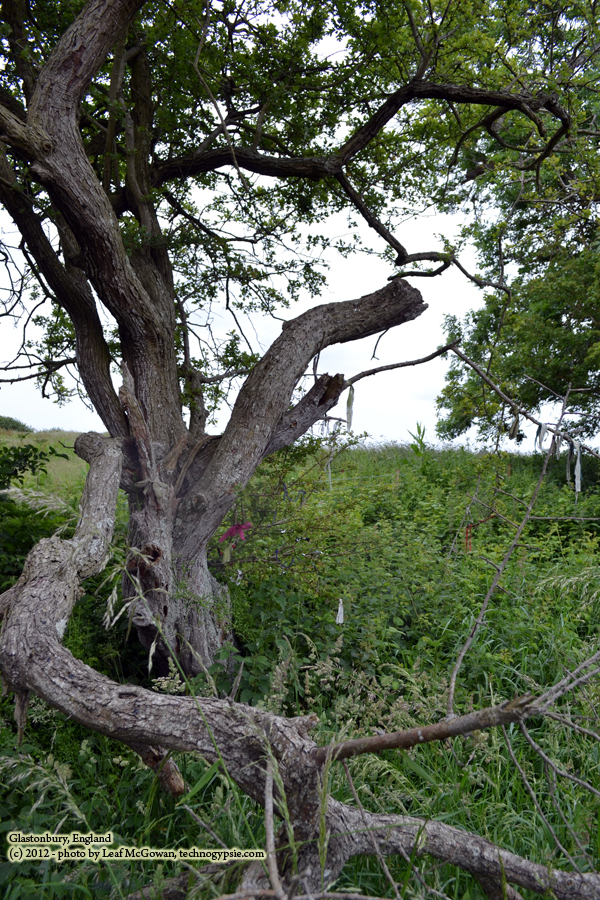
Blue Spring or Bride’s Well
~ Glastonbury, England ~
There is not much known about this Spring as all I heard about it was from locals and that it was one of many springs welling up from the caverns underneath the Glastonbury Tor. Some pointed in the direction of the White Spring and the Red Spring (Chalice Well). Some say it is the Red Spring before Joseph of Arimathea brought the Grail to the Chalice Well, turning it Red. Others claim it to be the forgotten (and long-vanished) Bride’s Well at Beckery Chapel and Hill. That would be the location I would go with.
In the Arthurian Legends, the Grail Romance “Prose Perceval” and “y seint Grael” – the High History of the Holy Grail had claims to have been written here with the stories archived in the Glastonbury Abbey’s Library. It describes a hermit spread out on the altar with the Virgin Mary and the Devil fighting for his soul. It is believed John of Glastonbury – one of Arthur’s chroniclers having access to the High History inspired him to locate the chapel at Beckery, whose doors were guarded by two hands holding flaming swords and is where Mary gave Arthur a crystal cross. The Hill is supposed to be the location where the knight Bedivere casts Excalibur back into the waters after King Arthur is wounded during the final battle and is believed to be the bridge over the River Brue at this hill and is called “Pomparles”. It is also the chapel where King Arthur received a vision of Mary Magdelene and the baby Jesus. Were these waters Bride’s Sluice or Well? or the lost Blue Spring?
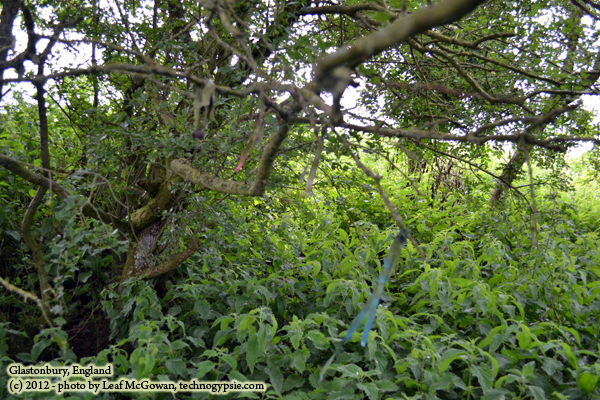
Bride’s Well at Beckery
The site has shown use since Neolithic times through the Iron Age and the Roman period. The Chapel is a holy shrine dating over 1500 years of age to the late Roman or early Saxon occupation of the site. The site was a small island off of Glastonbury surrounded by wetlands and cut off from the general villagers. There were rudimentary buildings made of wattle and daub at the time. There were no original stone buildings. The site is believed to have been abandoned after Vikings invaded in the 9th century during their attack on Somerset.
It was in 789 C.E. that the Vikings began attacking England. The site fell in disuse and slowly dissolved into agricultural use, the ruins of the chapel were visible until the late 1790s. There is the suggestion that the land may have continued to be used as a shrine since prehistoric times, with Christian sites built atop old Pagan sites. William of Malmesbury wrote 1129 C.E., an Anglo-Saxon charter of 670, including Beckery island as one of the seven islands granted to Glastonbury Abbey by the Saxon King Cenwealth – the seven islands were the Isles of Avalon, Beckery, Godney, Martinsea, Meare, Panborough, and Nyland. The papal charter of 1168 claimed Beckery as the first of the islands of the Glastonbury Abbey Estates. It is here that it was believed that St. Bridget visited in 488 C.E. from Ireland and stayed for several years on the island of “Beokery,” where there was a chapel dedicated to Mary Magdalene that was later re-dedicated to St. Bridget.
In the 1920s, a Pilgrimage route was created by Alice Buckton from Benedict Street, and Porchestall Drove through what is now called “Friend’s Land,” where they would stop to hang “clooties” or wishing rags on a wishing tree or thorn tree near the sluice known as “lost Bride’s Well” seeking blessings or healing before going up Bride’s Mound. This is also where it is purported that Dr. John Goodchild, in 1897, received a vision to bury a blue bowl that he got in Bordighera, Italy, as soon as possible after his father’s death. He placed it in the pond by this sluice near Bride’s Mound as instructed by his omen. He pilgrimaged to this lost well every year from 1899 to 1906 (minus 1905). In 1906, Janet and Christine Allen found the bowl in the pond but replaced it, then that October Kitty Tudor Pole removed it and took it to a family shrine in Bristol. The bowl was returned to Glastonbury and is protected by the Trustees of the Chalice Well. At Bride’s Mound, there is a stone marker showing where the blue bowl was found, but it is unknown if this is the exact location where the pond and sluice (lost Bride’s Well or Blue Spring) was.
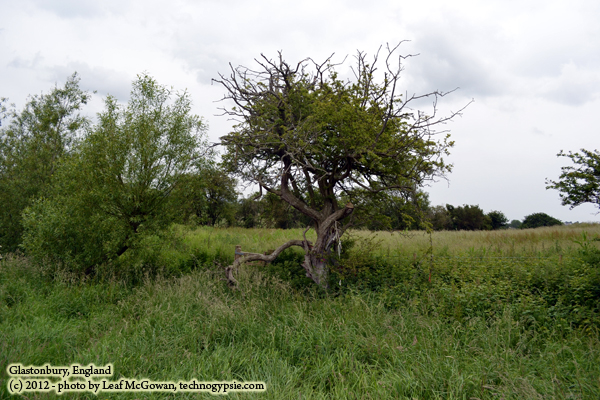
Some claim that the Blue Spring got its name “Blue” from the Blue Bowl that once existed there.
More information:
- Friends of Bride’s Mound – http://www.friendsofbridesmound.com/legends.html
- Geomancy.org – http://www.geomancy.org/listmessenger/public/archive.php?view=html&id=96:346
Rated: 4 of 5 stars. I searched for on 8/1/2011 and 6/14/2012 and couldn’t be found. ~ Review by Leaf McGowan/Thomas Baurley, Techno Tink Media ~
If you would like to contact the author about this review, need a re-review, would like to advertise on this page, or have information to add, please contact us at technogypsie@gmail.com.
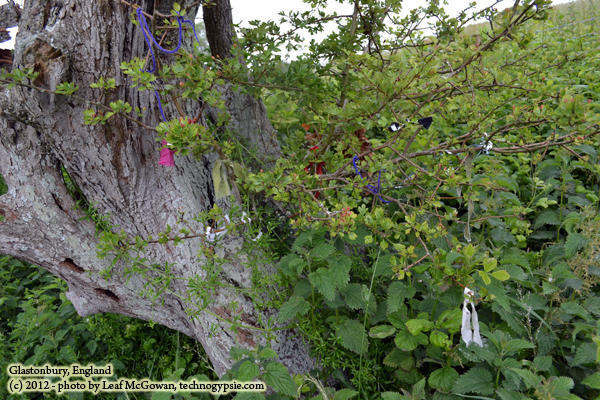
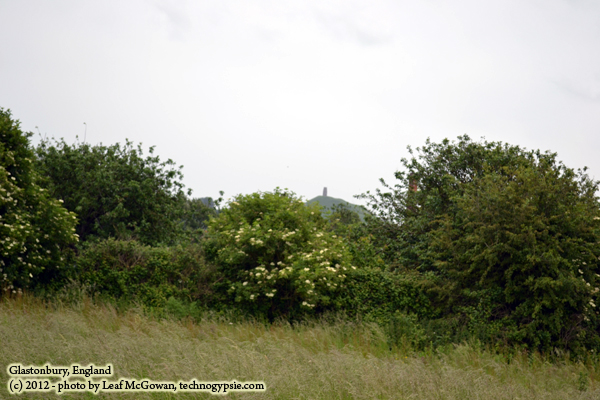
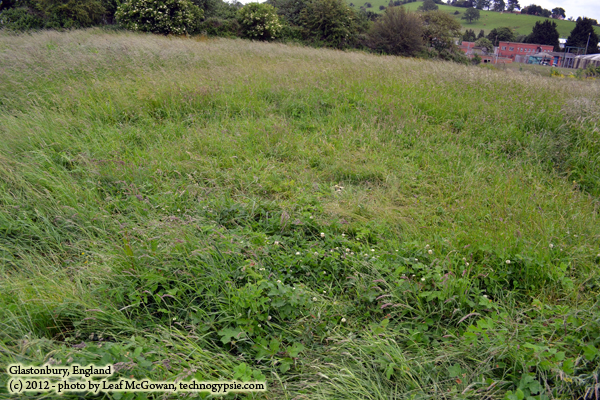
Glastonbury, England. June 14, 2012
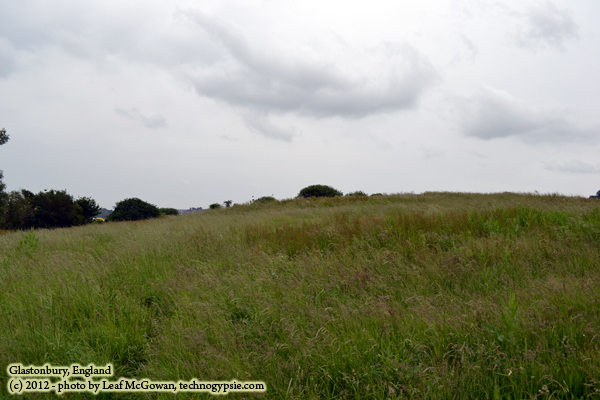
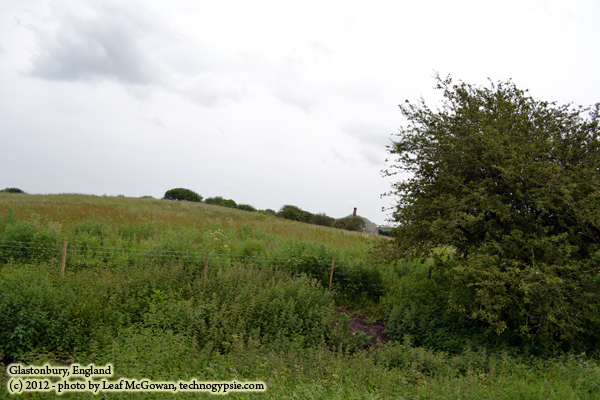
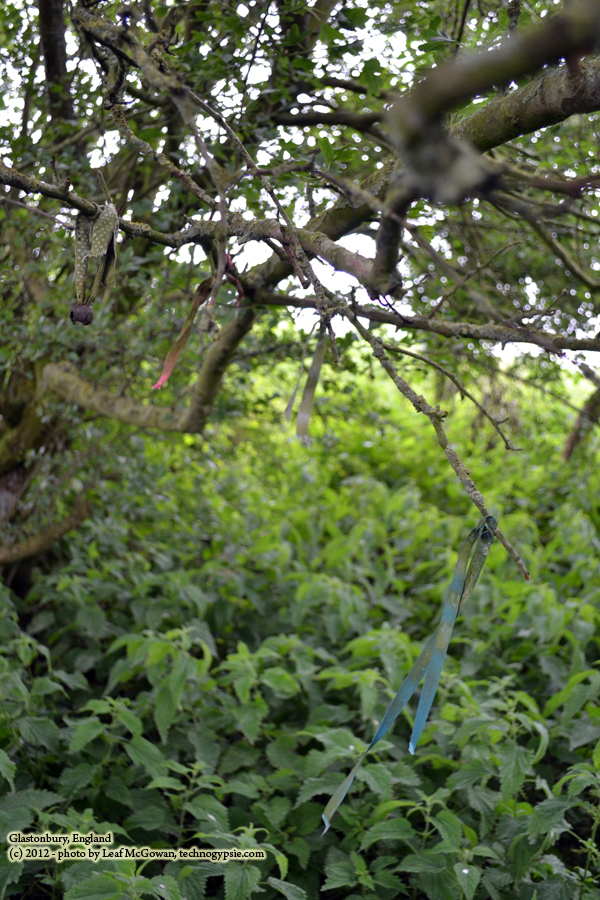
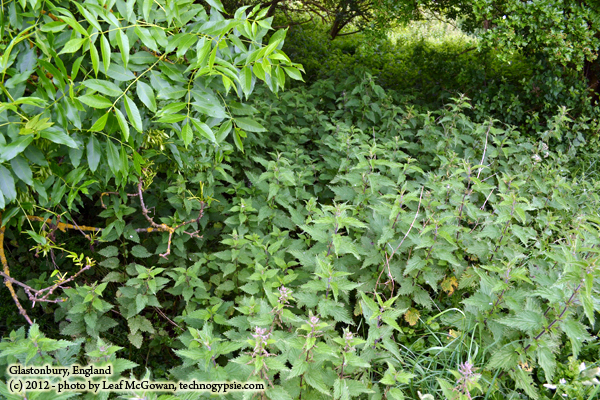
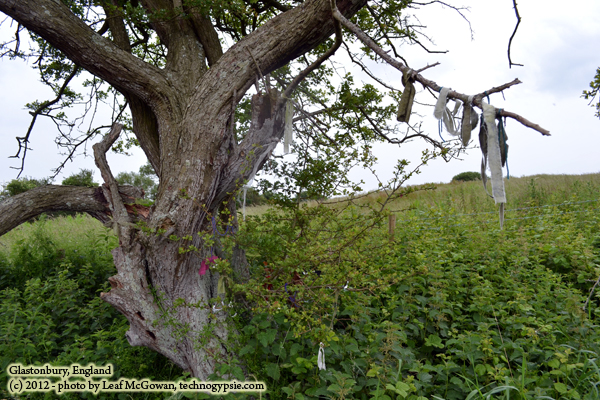
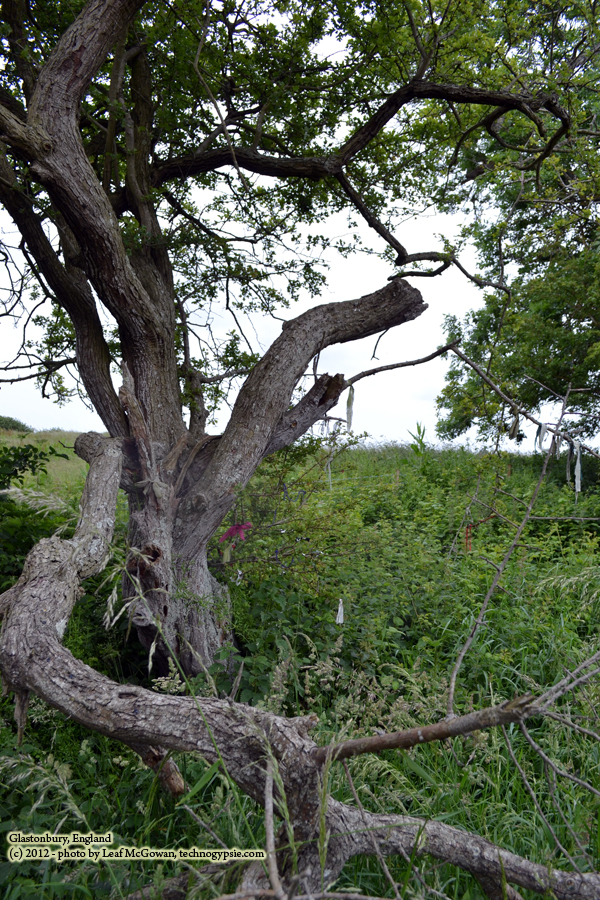
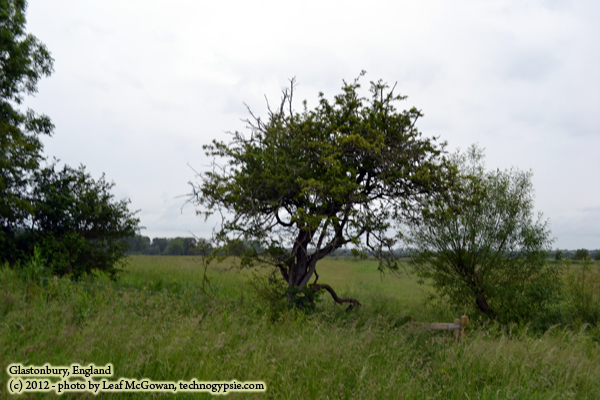
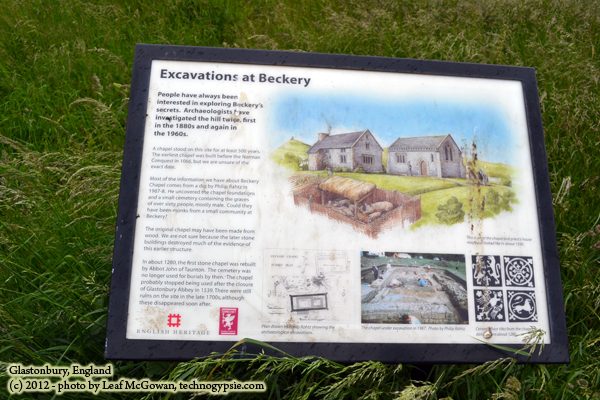
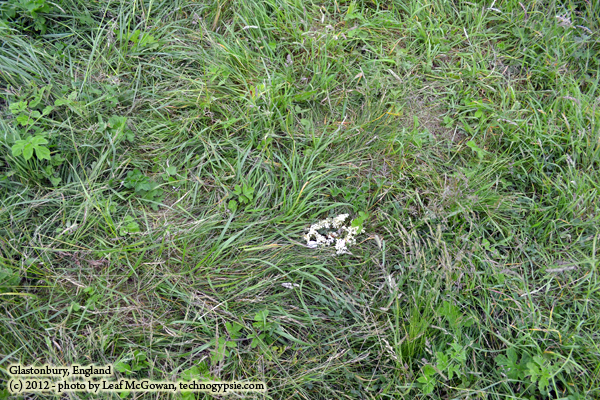
runs underneath the Glastonbury Tor. Some pointed in the direction of the White Spring and the Red Spring (Chalice Well). Some say it is the Red Spring before Joseph of Arimathea brought the Grail to the Chalice Well, turning it Red.
Rated: Unknown of 5 stars. I searched for on 8/1/2011 and 6/14/2012 and couldn’t be found. ~ Review by Leaf McGowan/Thomas Baurley, Techno Tink Media ~
If you would like to contact the author about this review, need a re-review, would like to advertise on this page, or have information to add, please contact us at technogypsie@gmail.com.
One thought on “The Blue Spring of Glastonbury or Lost Bride’s Well/Sluice”